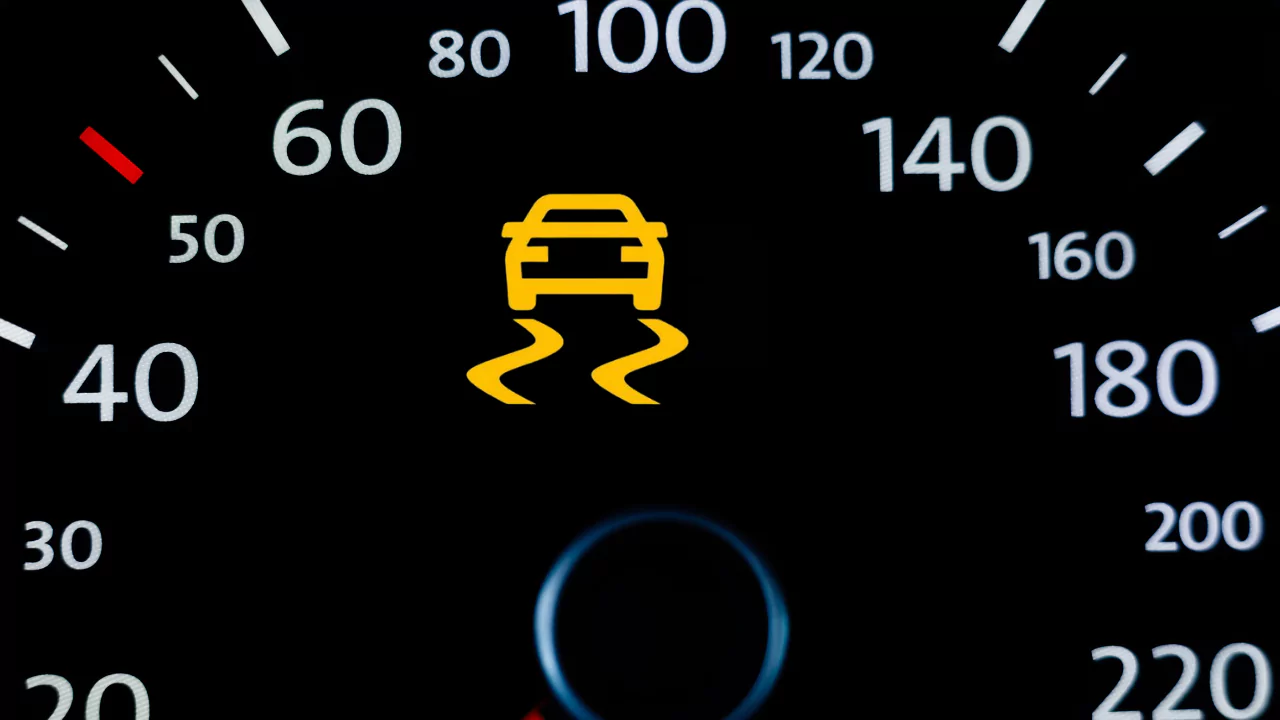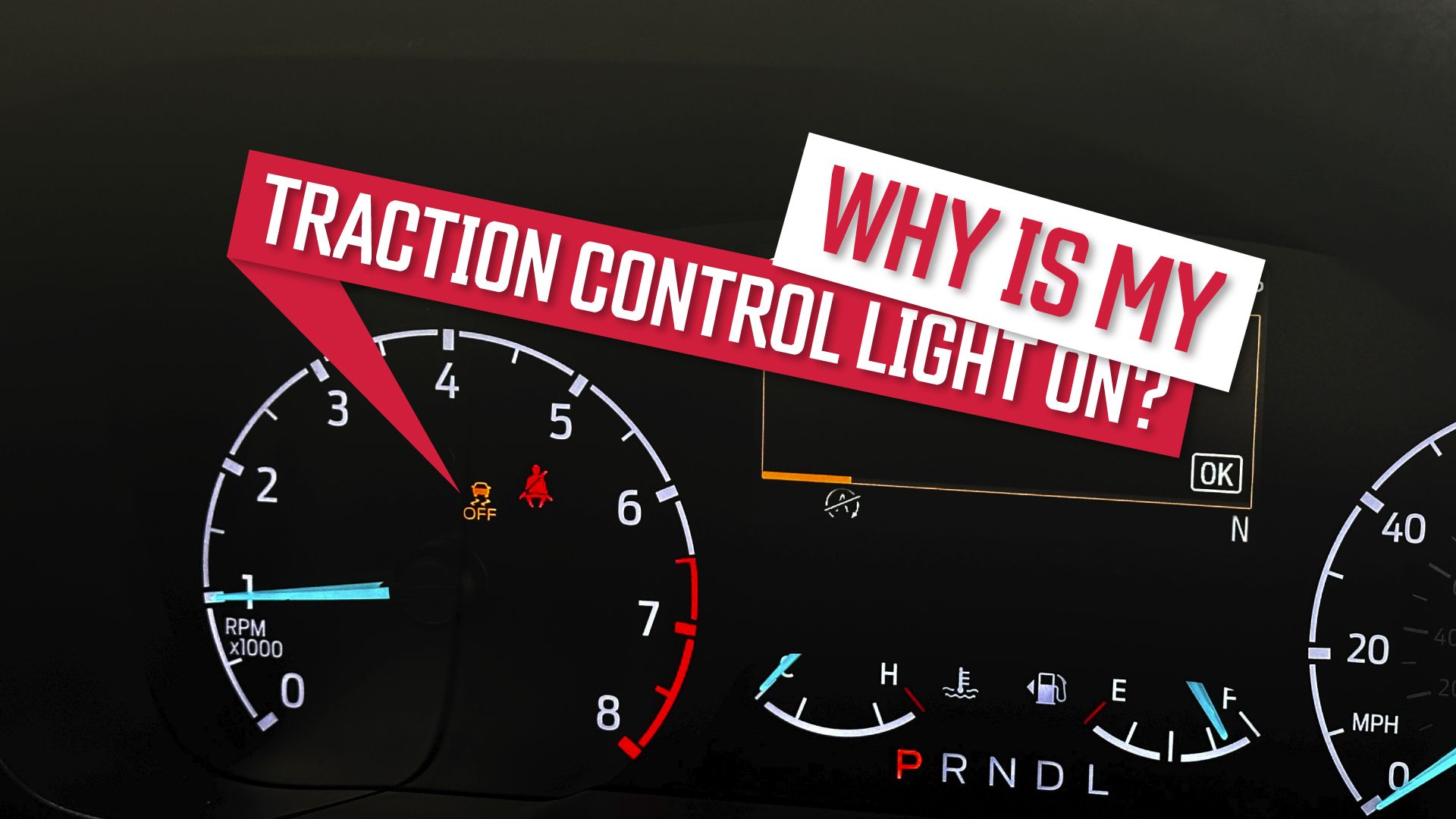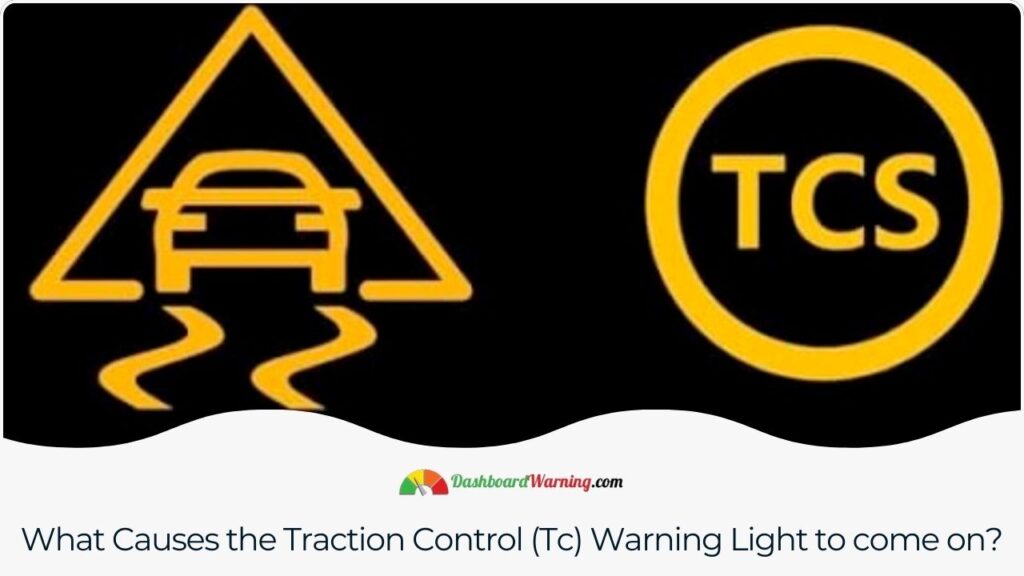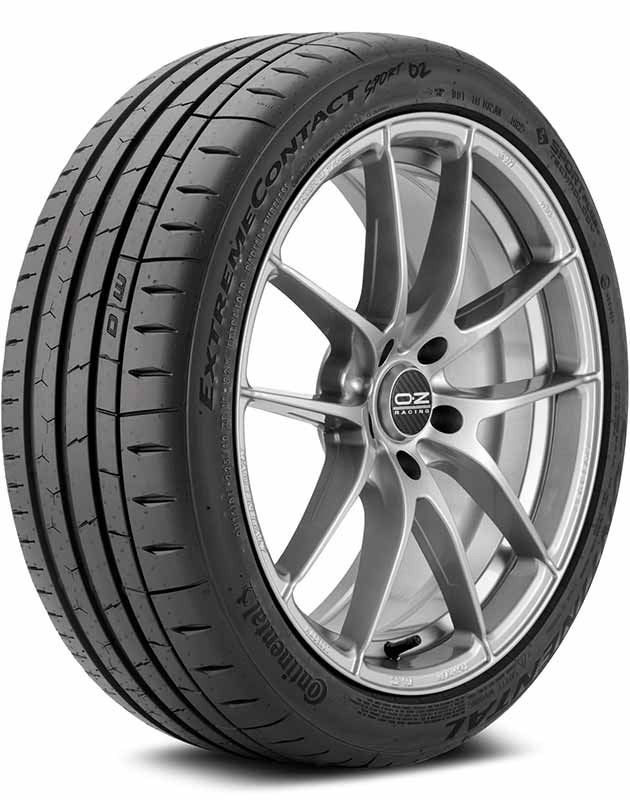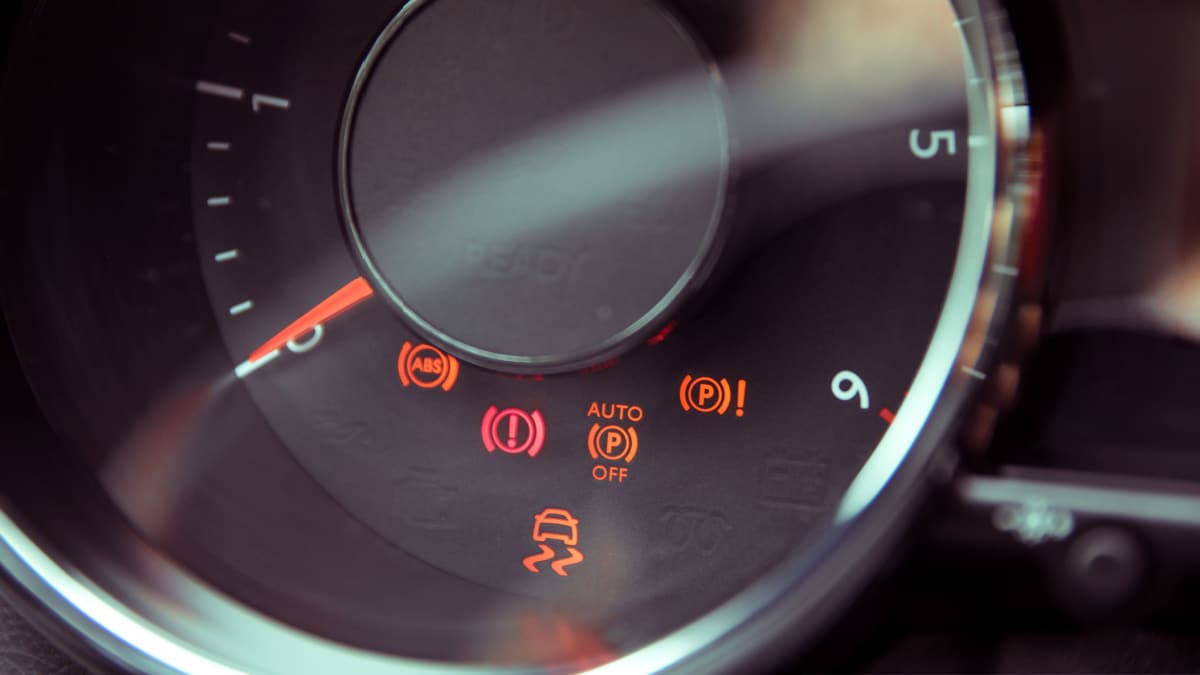Can Bad Alignment Cause Traction Control Light To Come On
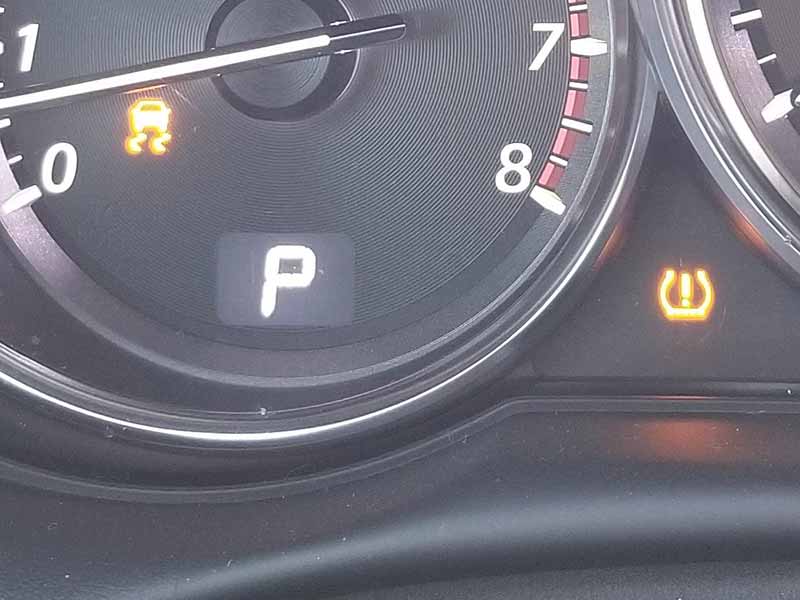
Drivers across the nation are reporting unexpected traction control light activation, leading to concerns about vehicle safety and potentially costly repairs. The issue may stem from a seemingly unrelated problem: poor wheel alignment.
This article investigates the surprising link between bad alignment and the activation of the traction control system (TCS), offering crucial information for vehicle owners experiencing this disconcerting warning light.
The Alarming Rise of Traction Control Light Issues
A surge in reports indicates a possible correlation between misaligned wheels and triggering the TCS. Mechanics are seeing an increase in vehicles with seemingly functional TCS systems lighting up erroneously.
"We've observed a significant uptick in customers complaining about this issue," says John Smith, a lead mechanic at Auto Experts, a national chain of automotive repair shops.
How Bad Alignment Impacts Traction Control
The TCS relies on sensor data to monitor wheel speed and detect slippage. Misalignment throws off these readings, potentially tricking the system.
When wheels are misaligned, each wheel might rotate at slightly different speeds, even on a straight road. This discrepancy can be misinterpreted by the TCS as a loss of traction, causing it to engage unnecessarily.
"Imagine one wheel dragging slightly; the system thinks it's losing grip," explains Dr. Emily Carter, an automotive engineer at TechDrive Solutions. "It's a false positive."
The Technical Explanation: Sensor Input and System Response
Wheel speed sensors, typically located in the wheel hubs, send data to the vehicle's electronic control unit (ECU). The ECU then determines if intervention is needed.
According to a recent National Highway Traffic Safety Administration (NHTSA) report, deviations as small as 2% in wheel speed can activate some TCS systems.
Misalignment creates precisely these subtle speed variations, fooling the TCS into believing a wheel is spinning out of control.
Identifying Symptoms: Is it Alignment or a True TCS Malfunction?
Distinguishing between alignment-related TCS activation and a genuine TCS problem is crucial. Look for telltale signs of poor alignment.
These signs include uneven tire wear, a pulling sensation to one side while driving, and a crooked steering wheel when traveling straight.
If these symptoms accompany the TCS light, alignment should be your primary suspect. Ignoring these warning signs can lead to more serious problems.
The Financial Impact: Avoiding Costly Misdiagnoses
Misdiagnosing the issue can lead to unnecessary and expensive repairs. Replacing TCS components when the root cause is alignment is a common mistake.
"We've seen customers spend hundreds, even thousands, on new sensors and modules before realizing it was just an alignment issue," says Smith.
A proper wheel alignment, costing typically between $75 and $200, is often the only necessary repair. Prevention is key to save time and money.
Expert Recommendations: Alignment Checks and Preventative Maintenance
Automotive experts recommend regular alignment checks, especially after hitting potholes or curbs. Aim for an alignment check every 6,000 to 12,000 miles.
"Think of it as preventative maintenance, like changing your oil," suggests Carter.
Addressing alignment issues promptly can prevent TCS light activation and extend the lifespan of your tires.
What To Do If Your Traction Control Light Comes On
First, check for the telltale signs of bad alignment mentioned above. If present, schedule an alignment check with a reputable mechanic.
Request a diagnostic scan to rule out any actual TCS component failures. Ensure the mechanic thoroughly inspects the suspension and steering components.
Don't immediately assume a faulty TCS sensor. A simple alignment check can save you considerable time and expense.
Moving Forward: Ongoing Investigations and Industry Awareness
The automotive industry is actively investigating the correlation between alignment and TCS activation. More research is needed to optimize TCS algorithms for misaligned vehicles.
Manufacturers are beginning to incorporate alignment data into TCS diagnostics to better identify and address these issues. Stay informed about the latest developments.
For now, drivers are advised to prioritize regular alignment checks as part of their vehicle maintenance routine. This simple step can prevent unexpected TCS light activations and ensure optimal vehicle safety.
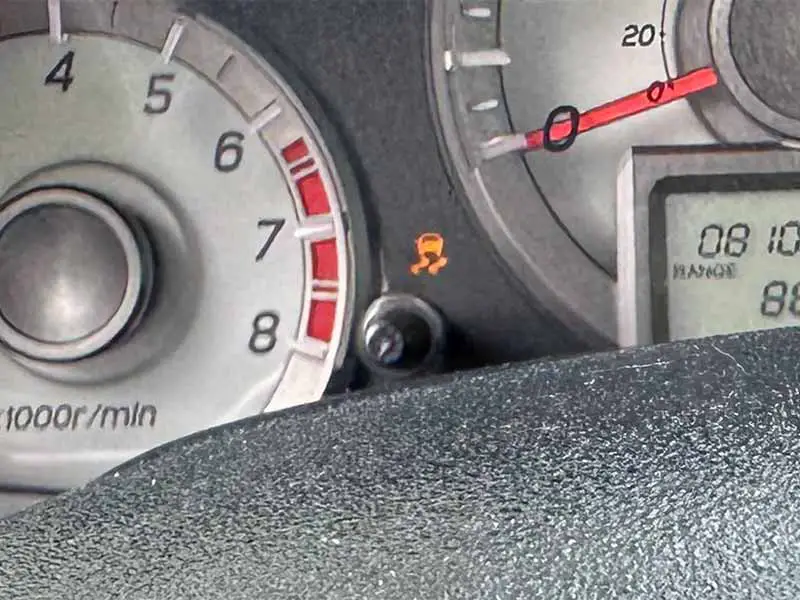

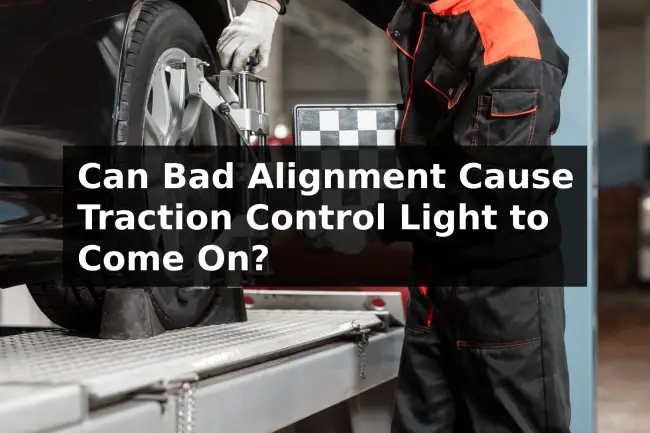
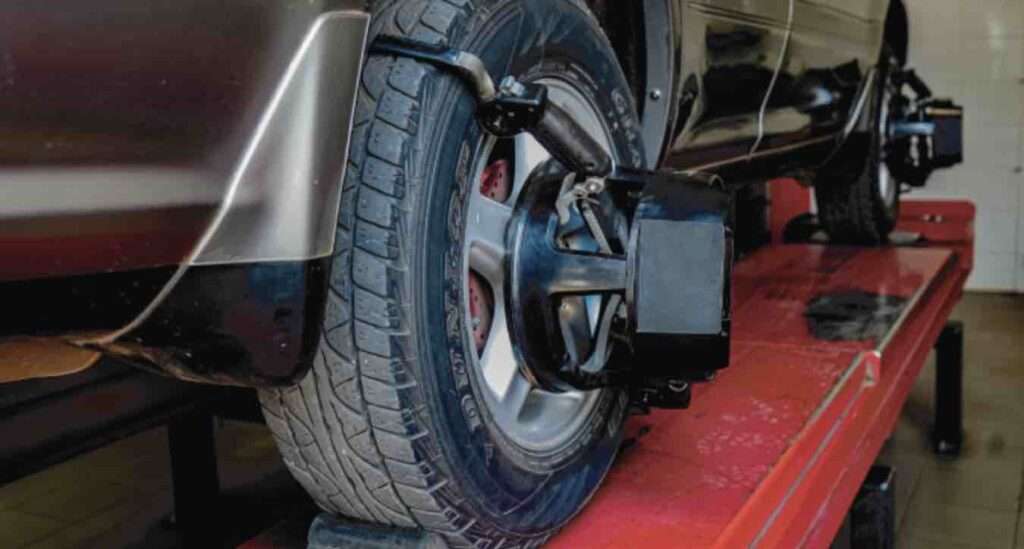
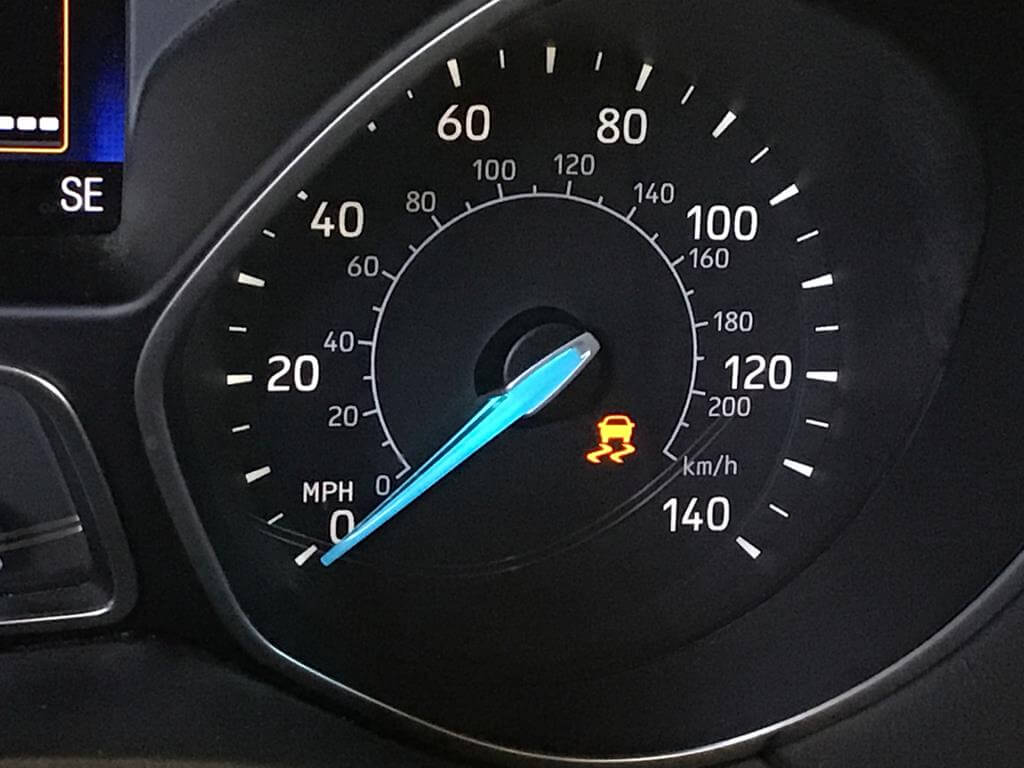
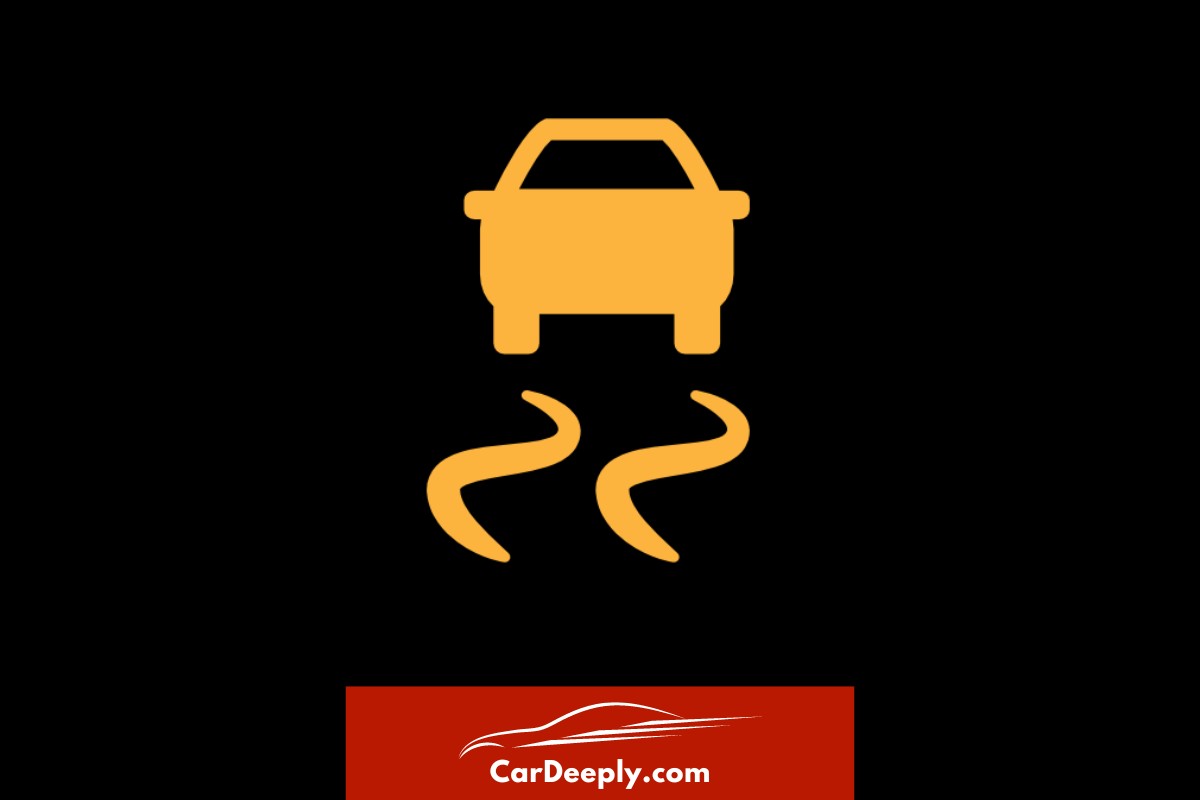
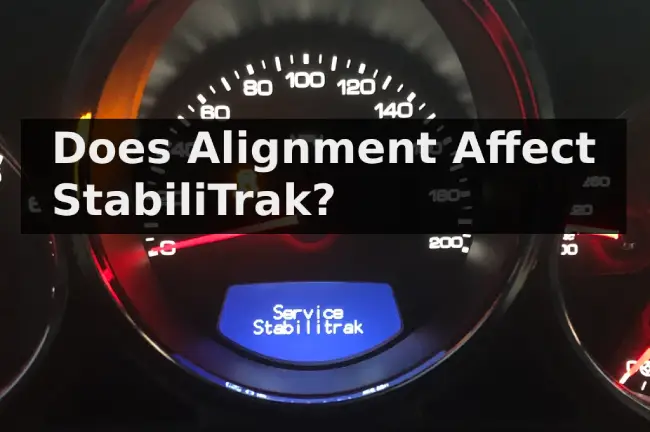
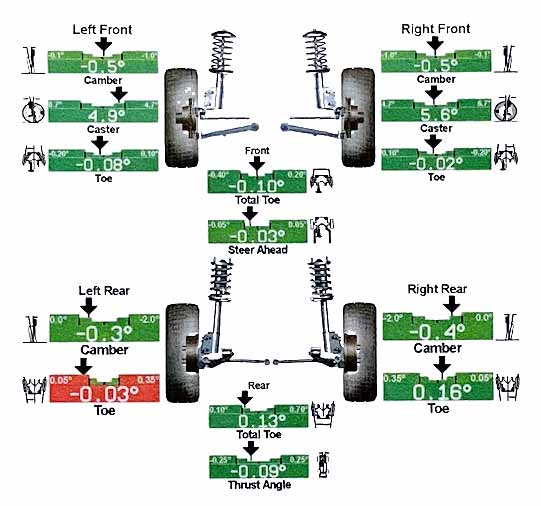
![Can Bad Alignment Cause Traction Control Light To Come On Traction Control Light Comes on and Car Starts Jerking? [Easy Fix]](https://fixandtroubleshoot.com/wp-content/uploads/2022/12/traction-control-light-comes-on-and-car-starts-jerking-1024x576.jpg)
